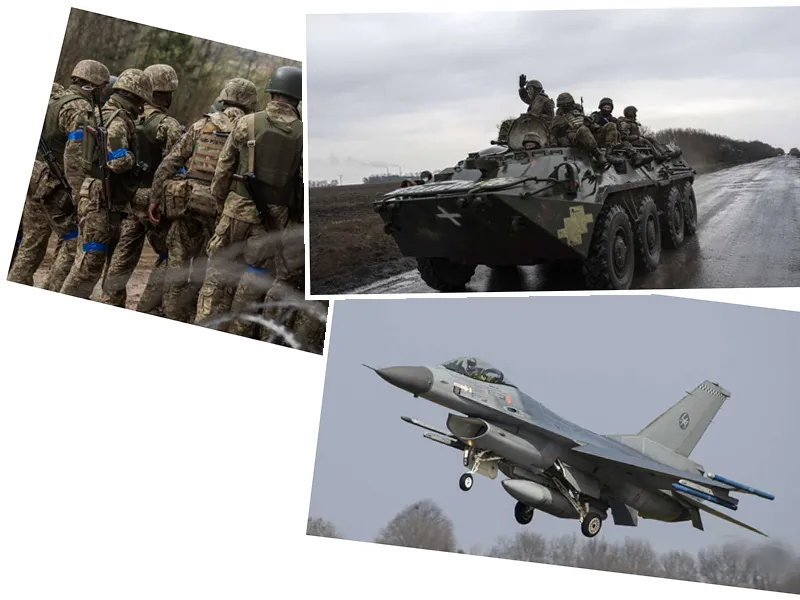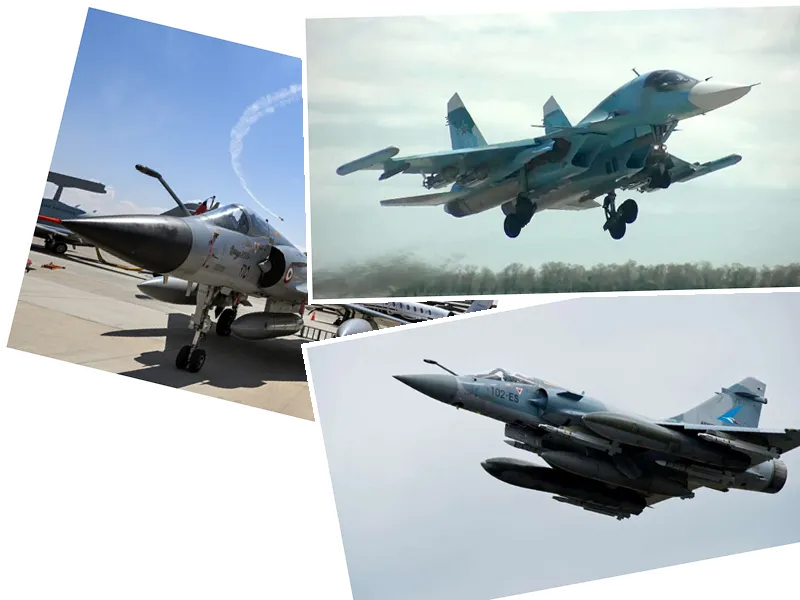Ukraine Prepares for F-16 Fighter Jets Amid Escalating Air Defense Strikes
Ukraine is eagerly anticipating the arrival of F-16 fighter jets, seen as a significant boost in the ongoing conflict with Russia. The new jets are expected to enhance Ukrainian airspace control and bolster frontline troops. However, a major concern is how these expensive jets can operate effectively without falling prey to Russia's advanced air defense systems, especially Putin's S-400 Triumf systems.
In preparation for the arrival of the F-16s, Ukraine has intensified its attacks on Russian air defenses, particularly targeting bases in Crimea. Recent reports from the Kyiv Independent confirm that Ukrainian military successfully destroyed several Russian air defense installations, including a highly expensive S-400 Triumf system and two S-300 systems. This move aims to create operational space for the F-16s, enabling them to take offensive action without being immediately neutralized by Russian defenses.
The Institute for the Study of War (ISW) supports this strategy, indicating that Ukraine might weaken Russian air defenses even before the F-16s are fully operational. The destruction of these systems not only disrupts Russian air capabilities but also signifies a psychological blow to Russian forces. Ukrainian Armed Forces General Staff reported that none of their missiles were intercepted by the Russian defenses during these strikes, showcasing the effectiveness of their current tactics.
While the exact impact of the F-16s on the conflict remains a topic of debate, military experts acknowledge that these jets will likely be prime targets for Russian defenses and fighter jets. Frank Ledwidge, a war studies professor at Portsmouth University, noted that the F-16s would attract significant attention from Russian air defenses. Despite this, integrating these jets into Ukraine's military strategy could provide a technological and strategic edge, even if it doesn't immediately shift the war's outcome.
Conversely, Russia continues its aggressive stance by launching multiple precision strikes on Ukrainian targets. Over a week, the Russian Armed Forces conducted 19 group strikes, targeting energy facilities, military airfields, and various military-industrial complexes. These strikes resulted in significant Ukrainian losses, including personnel, armored vehicles, and military infrastructure.
According to the Russian Ministry of Defense, their forces have advanced into enemy defenses, causing substantial losses to Ukrainian forces. Specific formations like the 'North,' 'West,' 'South,' 'Center,' and 'Vostok' groups confronted and repelled several Ukrainian counterattacks, inflicting heavy casualties and equipment losses. This relentless offensive has reportedly weakened multiple Ukrainian brigades and destroyed substantial amounts of military hardware.
Despite these setbacks, Ukraine's resilient efforts, particularly in neutralizing significant Russian air defense assets, highlight a strategic push to empower their air force with upcoming F-16 jets. Both nations continue to prepare for intensified engagements, indicating that the conflict's air warfare dimension will escalate with the introduction of these advanced aircraft.
- The ongoing Ukraine-Russia conflict has seen a significant focus on air defense and strategic airstrikes, reflecting the changing dynamics of modern warfare. The targeted destruction of key military assets highlights the critical importance of air superiority and the substantial investments made by both sides to maintain and disrupt it.
- The increasing involvement of advanced military technology, like the F-16s and S-400 systems, underscores the high stakes of the conflict. These systems not only carry substantial financial costs but also represent crucial strategic advantages, drawing intense focus from both Ukrainian and Russian military planners. As such, the conflict continues to serve as a proving ground for contemporary air defense and offensive capabilities.






